The prospect of US interest rates climbing to levels last seen in the run-up to the global financial crisis has cast a fresh pall over emerging economies that have battled to recover from COVID, grappled with rampant inflation and faced capital flight.
Many past emerging market crises were linked to dollar strength and rising US interest rates, forcing developing countries into tighter monetary policy to shore up their own currencies and fend off inflation pressures, pushing up costs of servicing dollar-denominated debt.
This time round, there are some differences: Emerging central banks have been leaders rather than laggards in the tightening cycle, with policymakers in many regions kicking off rate hikes as early as summer 2021.
Yet with major central banks now joining the inflation battle, markets predict the US Federal Reserve will hike interest rates to 4.6% by March 2023 - a move that will raise the heat, especially on smaller, riskier developing economies.
That’s a sharp and swift change from just 12 months ago, when Fed forecasters predicted no rate hikes in 2023.
“This year has been a perfect storm,” said Damien Buchet, CIO at Finisterre Capital.
“The Fed and ECB (European Central Bank) are behind the curve we need to move towards a tightening of financial conditions.”
Some of the world’s poorest nations expect debt service payments to rise to $69 billion by 2024 - the highest level in the current decade, according to a recent report.
It has been a tricky year for financial markets as countries grapple with a potential recession and an energy shock in the wake of the war in Ukraine, but some emerging nation assets have taken a disproportionate hit.
Stocks from developing nations are down about 28% this year, underperforming major developed benchmarks in Europe and the United States which have fallen around 20%. Returns on both hard-currency and local-currency fixed income are deep in the red, while currencies - bar a few exceptions mainly in Latin America - have also tumbled.
According to the Institute of International Finance capital flows tracker, emerging market assets suffered a record breaking outflow episode sparked by Russia’s Feb. 24 invasion of Ukraine. Capital outflows from emerging markets ex-China which only ended in August were akin to those during the 2013 taper tantrum, the IIF said in September.
“Emerging market fortunes continue to rest quite heavily on what the Fed does,” said Manik Narain, head of emerging markets strategy at UBS.
Major emerging market central banks had delivered nearly 6,000 basis points in rate increases in 2022 until end-August in their inflation fight, Reuters calculations show.
But tighter monetary policy also dampens economic growth. Actions by the Fed, along with those of other major central banks, have prompted early warnings from international officials and analysts that rising rates for currencies like the dollar and the euro could tighten global financial conditions so much it leads to a global recession.
Developing central banks find themselves in different stages of the tightening cycle, said Claudia Calich, head of emerging market debt at M&G Investments.
“If you look at the forwards and the implied curves of some countries in Latin America such as Chile and Brazil, those markets are really starting to price rate cuts for the second half of next year,” Calich told Reuters.
Central banks in central and eastern Europe still have to deliver a few more rate hikes though the cycle was also coming to an end, Calich added.
Overall, many of the biggest emerging market economies enjoyed better fundamentals with the likes of Brazil, Mexico or South Africa delivering rate hikes, building up reserves and enjoying healthy trade balances due to a commodity price boom.
Deeper liquid markets in major emerging economies meant they could focus on raising debt locally. However, there is little let-up on the cards for smaller, riskier emerging markets.
A record 14 of these so-called frontier markets who issued international debt see their bonds trade at a premium of over 1,000 basis points over safe-haven US Treasuries. Many others such as Egypt or Kenya are a whisker away from these levels.—Reuters








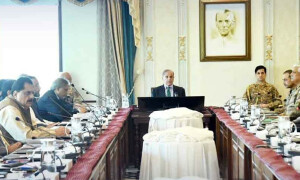



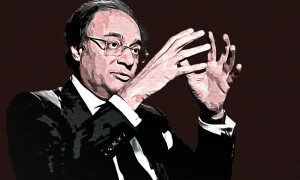
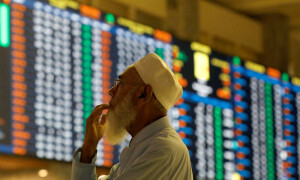
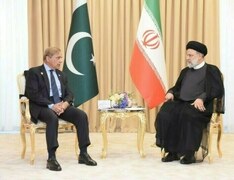
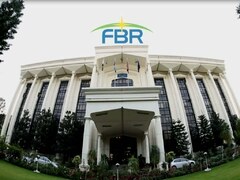

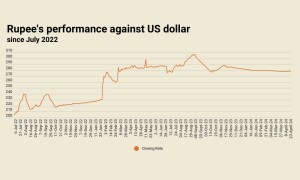

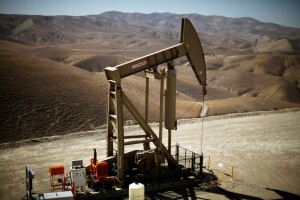



Comments
Comments are closed.